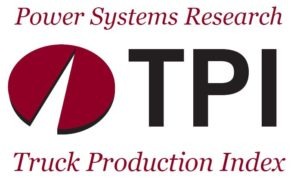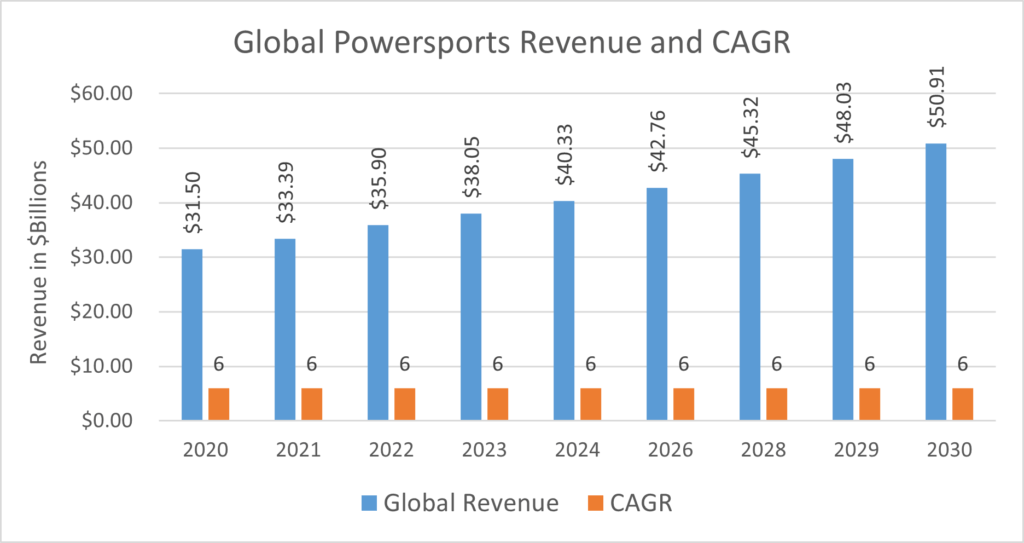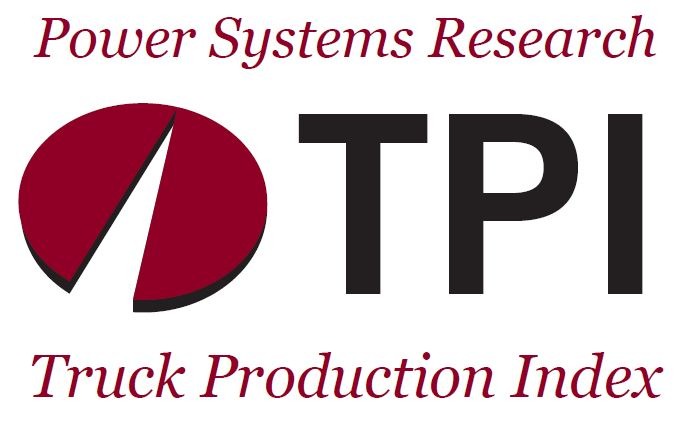South America TPI Expected To Climb 22% in 2024
St. Paul, Minnesota, USA— The Power Systems Research Truck Production Index (PSR-TPI) increased from 107 to 116, or 8.4% for the 12 months ended Dec. 31, 2023. For the fourth quarter of 2023, ending Dec. 31, 2023, the index increased from 112 to 116, or 3.6%, compared to Q3 2023.

South America. Medium and heavy commercial vehicle production is expected to increase by 22.1% this year after a significant decline in 2023 primarily driven by a weaker economy and the implementation of the Proconve 8 emission regulations in Brazil last year.
The PSR-TPI is a quarterly truck production report that measures global truck production in six regions: North America, China, Europe, South America, Japan & Korea and Emerging Markets.
This data comes from OE Link™, the proprietary database maintained by Power Systems Research.
The next update of the Power Systems Research TPI will be in April 2024 and will reflect changes in the TPI during Q1 2024. PSR
Jim Downey is vice president – global data products at Power Systems Research and Chris Fisher is the senior commercial vehicle analyst at Power Systems Research






